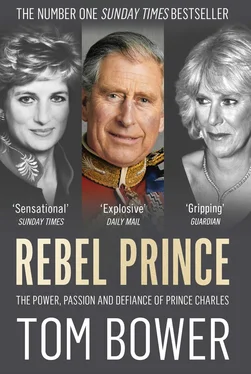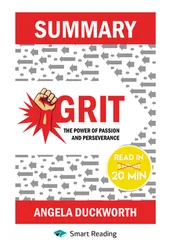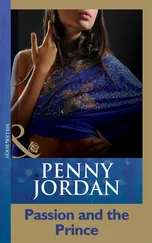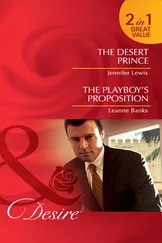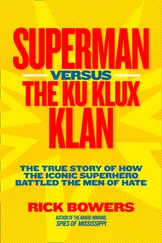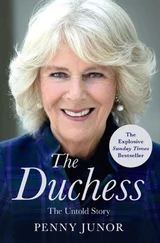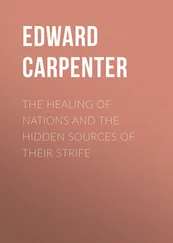In the past, my criteria for choosing a personality to investigate have been his or her use – and misuse – of fame and fortune to influence society. Newspaper owners, billionaire tycoons and successful politicians all want to change our lives, and simultaneously to enhance their own reputations. What has fascinated me in all those I have previously covered is their climb from obscurity up the slippery pole, then their battle to stay on top. Along the way they have crushed rivals and subtly altered their own biographies. Often they have publicly paraded their service to mankind, while in reality pursuing largely self-interested agendas.
Charles of course was born at the top of the pole, and though he has not exactly falsified his life’s story, he has concealed many truths. Determined to be a figure of consequence – a long-lasting influence is a sign of greatness – he has used his position since the early 1980s to influence how Britain is governed, and after the mid-1990s employed his powers as a royal to massage the media in order to secure his and Camilla’s survival. My quest was to discover how he manipulated those levers of power.
To my surprise, I found that Charles’s conduct has created a substantial number of victims, many of whom are saddened over how he acted, both in general and towards them. His loyalty, like his attention span, is limited. Embraced today, a favourite can be cast out tomorrow. Like some feudal lord, he presides at the centre of a court with no place for democracy or dissenting views. Unlike the queen, with her genius in being able to unite the nation, especially in difficult times, Charles divides his countrymen. Clearly he enjoys provoking argument, but only on his terms. He has refused to engage in debate. Advisers know that to say ‘No’ will simply prompt his search for a replacement who will say ‘Yes.’ Every decision is his and his alone.
For over thirty years, the Prince of Wales has been prey to his follies. Since 1997 he has resorted to machination and media manipulation to restore his position. Although the large number of British people who previously supported the succession passing directly from the queen to William gradually diminished and then rose again, Charles’s rehabilitation is still unfinished business. His popularity, as I write in early 2018, remains disconcertingly low.
As a committed monarchist, I want Charles to become king, to bequeath the throne in a healthy state to his son, whose popularity will protect the institution during his father’s short reign. Whether and how that happens depends on Charles’s age at the time of his coronation. At the moment, neither Charles nor indeed anyone can predict how the country will react to the queen’s death. Will Britain allow him to inherit the throne smoothly, and watch Camilla anointed as queen? Or will the nation resent Charles and his final ascent? He will undoubtedly become king; but the circumstances are in doubt.
The central question posed at this stage of his life is what kind of monarch will Charles make – given that he is the most unpopular heir for generations. Had the queen died a decade ago, his controversial interventions could well have provoked a constitutional crisis. However, over the past seven years he has moderated his speeches in public, and has tried to encourage the belief that his takeover will be much more acceptable than even the most loyal monarchist could have imagined. His efforts have not been wholly convincing. After speaking to so many of those who have lived with and loved the royals, I share their trepidation over whether Charles can become a unifying monarch. At the end of writing this book, I am convinced that he is determined to make his mark on British history, and will not choose an impartial silence during his inevitably short reign. He remains a historian, writer and political activist, and will want to cement Charles III in people’s memories for centuries to come. How he might achieve that of course remains a puzzle, but to some extent is answered in what follows.
During my research, I inevitably encountered a large number of different opinions. All are reflected in the book. Readers will not be surprised that many of the quotations are anonymous. Those who still associate with Charles and Camilla – as friends or employees – understandably do not want their relationship endangered. To protect them, I have made a point of disguising many of my sources. However, the reader can be assured that every quotation is accurate and was noted during my interviews. Although the two decades covered in my book can be understood only by referring to aspects of what went before, I have restricted such excursions into the past to what is sufficient to understand the present.
Finally, researching this book has been an unexpected pleasure, not only because I have come to understand so many previously unknown conflicts and hitherto imperfectly reported events, but also because Charles emerges as an exceptional character. Easy to like and easy to dislike, he is the unique product of Britain’s genius – a rebel prince, eventually to become a rebel king.
1
New York, 22 September 1999
Her anger was uncontrolled.
‘I won’t stop it. It’s my life and it’s the right thing to do.’
From a suite in New York’s Carlyle Hotel, Camilla Parker Bowles was laying down the law. Her outburst was directed not only at the Prince of Wales but also at his friend Nicholas Soames, the Conservative MP and grandson of Winston Churchill. At the other end of the line, Charles was three thousand miles away, fretting in his study at Highgrove, his Gloucestershire home. He had just passed on the news that Soames had been protesting about her high-profile visit to America.
‘There’s too much publicity,’ Soames had told Charles. ‘It’s that bloody man Bolland.’
‘Well,’ the heir to the throne had replied, ‘let’s all have a meeting with Mark when he returns and he’ll explain everything.’
Thirty-three-year-old Mark Bolland was in theory the prince’s assistant private secretary, his job since 1996, but in reality he was far more than that – the orchestrator of how Charles and Camilla appeared to the world. He stood now in the Carlyle suite witnessing their argument. Also present was Michael Fawcett, Charles’s trusted servant of over twenty years, again far more than a valet. Both men admired Camilla’s scathing dismissal of Charles’s pleas. In Bolland’s opinion, the London media reports about Camilla’s hectic itinerary in Manhattan justified his gamble to defy Buckingham Palace’s demand that she remain unseen and instead propel her into the spotlight.
‘We have to break eggs to push it,’ he had warned Charles before finalising plans for the four-day trip. ‘Things don’t happen by themselves.’ Charles’s doubts had been dismissed by Camilla, who was determined to emerge from the shadow of her predecessor’s glorious conquering of America in 1985. The fifty-two-year-old Camilla was not pulling back. She handed the phone to her media adviser.
Ever since he was hired, a year before Diana died, Bolland had enjoyed a good relationship with Charles. His sole purpose, his employer had stipulated, was to reverse Camilla’s image as his privileged, fox-hunting mistress, make her acceptable to the public and overcome the queen’s hostility to their being together. At the outset, in 1996, there were constant arguments about how Charles’s relationship with Camilla would end. Three years on, she smelt success. ‘Why can’t I meet your mother?’ she had asked. More frequently she would snap, ‘You’re off to the theatre with friends, so why can’t I come?’ Or, ‘You’re off on Saturday to stay with people who are my friends too, so I should be with you.’ To satisfy her, Bolland’s tactics had hit a new level. ‘We were turning up the gas,’ he would say, ‘because the queen was unmovable.’
Читать дальше
